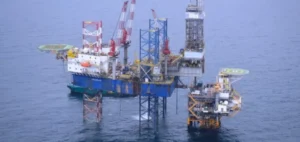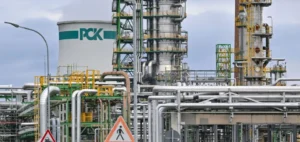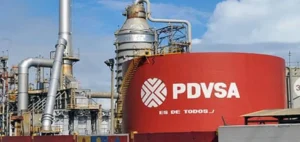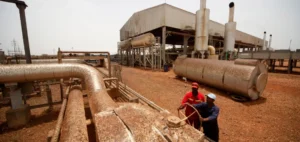Growth in the liquid fuels sector, of which fuel oil is a key component, is being driven primarily by rapid urbanization and industrial expansion in emerging economies.
This fuel plays a crucial role in power generation, industrial heating and other energy-intensive processes.
In addition, the booming maritime sector continues to be a major consumer of fuel oil, particularly for powering ships.
Increasing world trade and the development of new shipping routes are boosting this demand.
As a result, fuel oil continues to play a major role in the region’s economy.
Local industries, which rely heavily on this fuel, also contribute to the rise in demand.
Environmental regulations: a brake on expansion
However, the sector’s progress is not without obstacles.
Increasingly stringent environmental regulations imposed by various governments to limit pollutant emissions are one of the main challenges it faces.
These regulations particularly target fuels with high sulfur content, prompting companies to invest in purification technologies or turn to cleaner energy sources such as liquefied natural gas (LNG).
The cost of complying with these growing standards is affecting the profitability of companies, particularly those operating in regions where regulations are most stringent, such as Europe.
Industry players must also anticipate potential new regulations, which complicates their long-term strategic planning.
Impact of price fluctuations and geopolitical tensions
Another factor influencing this market is the volatility of crude oil prices, which directly affects the cost of fuel oil.
Price fluctuations, often exacerbated by geopolitical tensions, add a layer of uncertainty for companies.
This complicates cost management and makes financial forecasts more uncertain, which can discourage long-term investment in infrastructure related to this sector.
Geopolitical tensions, particularly in oil-rich regions such as the Middle East, also play a crucial role.
They can disrupt supplies and drive up prices, prompting companies to seek alternatives or secure their supplies by other means.
This instability creates a difficult business environment for companies that rely heavily on this fuel.
Regional outlook and adaptation strategies
Geographically, North America and Europe continue to play an important role, although Europe is increasingly influenced by strict environmental policies that are driving the decarbonization of its economy. Asia-Pacific, on the other hand, remains the fastest-growing region, thanks to its sustained industrialization.
As the main supplier of crude oil, the Middle East must not only manage the internal challenges of diversifying its economy, but also meet global demand for fuels.
Major companies in the sector, such as ExxonMobil, BP and Royal Dutch Shell, are revising their strategies to adapt to these changes.
They are investing in emission-reduction technologies and alternative energies to meet regulatory expectations and market pressures.
Diversifying supply sources and securing logistics chains are becoming priorities to avoid the negative impacts of price fluctuations and geopolitical tensions.
The fuel oil market, while facing major challenges, continues to grow thanks to global demand driven by industrialization and maritime activities.
However, its future will depend on players’ ability to navigate an increasingly complex environment, marked by strict regulations and economic uncertainties.






















